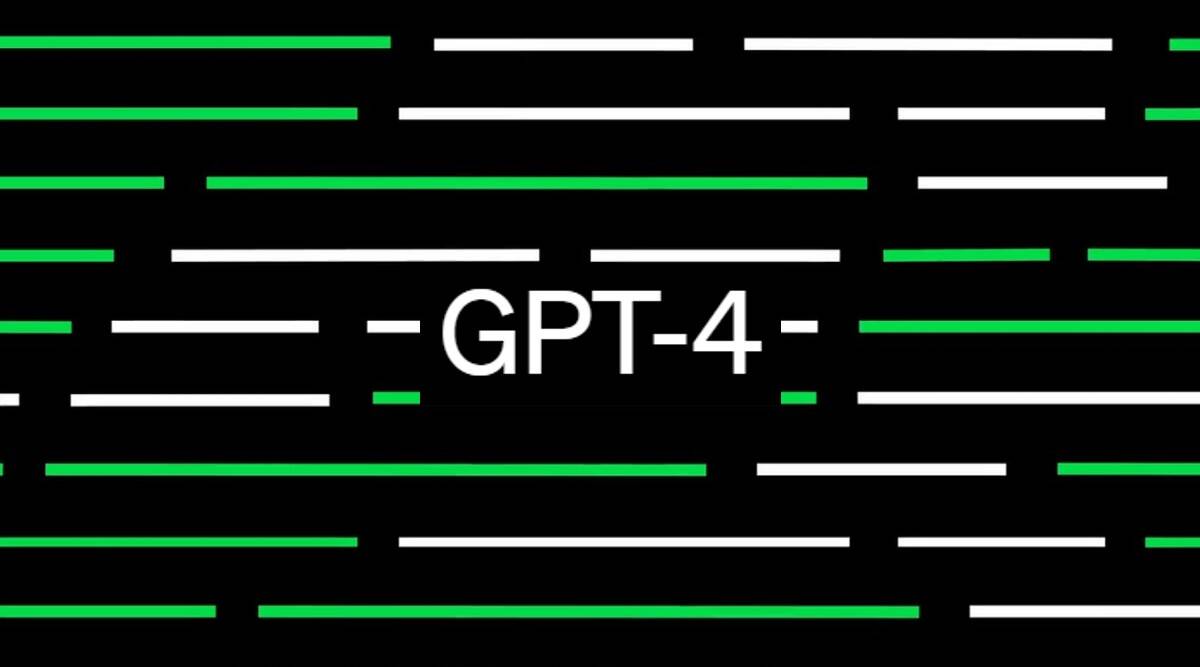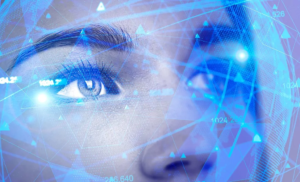The highly anticipated GPT-4 has finally arrived, creating a buzz in the artificial intelligence community. With its advanced features and impressive capabilities, GPT-4 is leaving its predecessor, GPT-3, in the dust. OpenAI introduced this groundbreaking multimodal AI during a developer live stream, showcasing its performance and versatility. The announcement quickly gained traction on social media platforms, especially Twitter, as users expressed their excitement over the latest AI technology.
Hire the best developers in Latin America. Get a free quote today!
Contact Us Today!What is GPT-4 and how is it different from GPT-3
A. Introduction to GPT-4
B. Key differences between GPT-3 and GPT-4
- Multimodal capabilities: text and image processing
One of the most significant differences between GPT-3 and GPT-4 is that the latter is now a multimodal AI, capable of processing not only text but also images. While GPT-3 was limited to text-based tasks, GPT-4 can analyze and understand visual content, opening up a whole new range of applications. Although an audio component has not been confirmed yet, the image-to-text processing capability alone represents a significant leap forward in AI technology.
- Improved performance and advanced reasoning
GPT-4 surpasses GPT-3 in terms of performance and reasoning abilities. This advanced AI model can process and handle more than 25,000 words of text, which is a considerable improvement over previous versions. It is also more creative, capable of editing, modifying, and iterating over technical and writing tasks with much higher accuracy. Its advanced reasoning capabilities allow GPT-4 to solve complex problems and make better decisions based on available information.
- Enhanced safety and reduced production of disallowed content
OpenAI has invested six months in ensuring GPT-4’s safety features are top-notch. As a result, GPT-4 is 82% less likely to generate requests for disallowed content and 40% less likely to produce factually inaccurate responses or fake news. This improvement in safety showcases OpenAI’s commitment to addressing ethical concerns and mitigating the risks associated with AI technology.
II. Things you can do with GPT-4
A. Image-to-text processing
- Explaining a joke based on a series of images
GPT-4’s image-to-text processing capability allows it to understand and explain jokes based on a series of images. For example, during a demonstration, GPT-4 was given an image of an iPhone charging with a VGA cable and was able to accurately identify all the elements in the photo and explain the context of the joke. This level of understanding was nearly impossible for previous AI models, and it might soon challenge the effectiveness of recaptcha technology in detecting bots and AI.
- Web development

One of the most impressive demonstrations of GPT-4’s capabilities is its ability to convert a simple napkin drawing of a website into a fully functional web page. When given a photo of the drawing, GPT-4 was able to generate all the necessary HTML, CSS, and JavaScript code in just 10 to 20 seconds. This code was then copied and pasted into an editor, resulting in a functional product. This remarkable feat highlights the potential of GPT-4 in revolutionizing web development.

B. Gaming and other applications
- Creating the game Pong within 60 seconds
GPT-4’s versatility extends to the gaming world, as showcased by a developer who used the AI to create the classic game Pong in just 60 seconds. This example highlights the potential of GPT-4 in various fields and demonstrates how developers can leverage its capabilities to create innovative applications quickly.
III. Conclusion
GPT-4’s arrival marks a significant milestone in the development of artificial intelligence. Its multimodal capabilities, improved performance, and enhanced safety features make it an exciting addition to the world of AI. As industries continue to explore GPT-4’s potential applications, we can expect to see a transformative impact on various fields, from web development and gaming to personalized education and beyond.
The transition from GPT-3.5 to GPT-4 is inevitable as the new model outperforms its predecessor in virtually every aspect. As more businesses and organizations adopt GPT-4 and harness its power, it will be fascinating to witness the innovations and advancements that emerge in the coming years. As AI technology continues to evolve, GPT-4 stands as a testament to the potential for artificial intelligence to shape the future.




